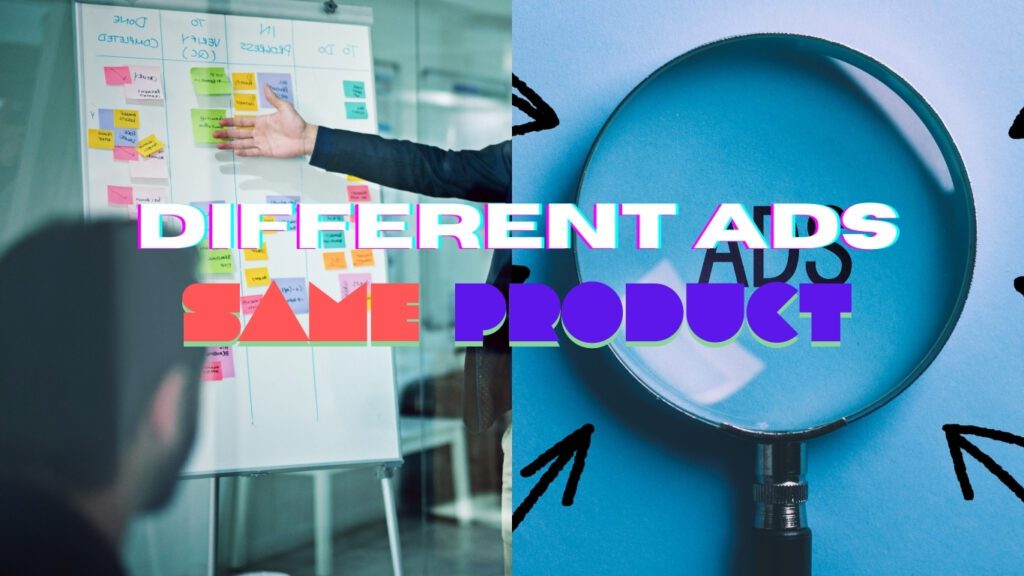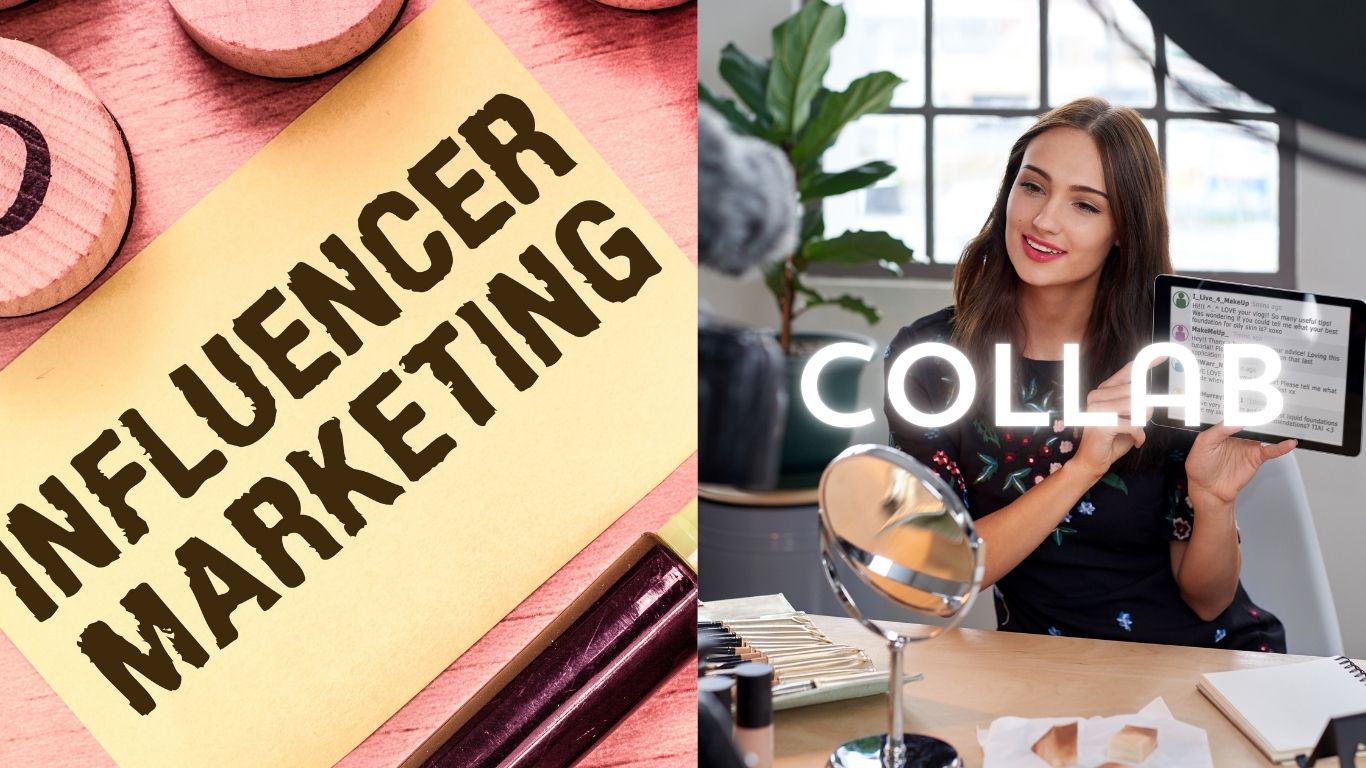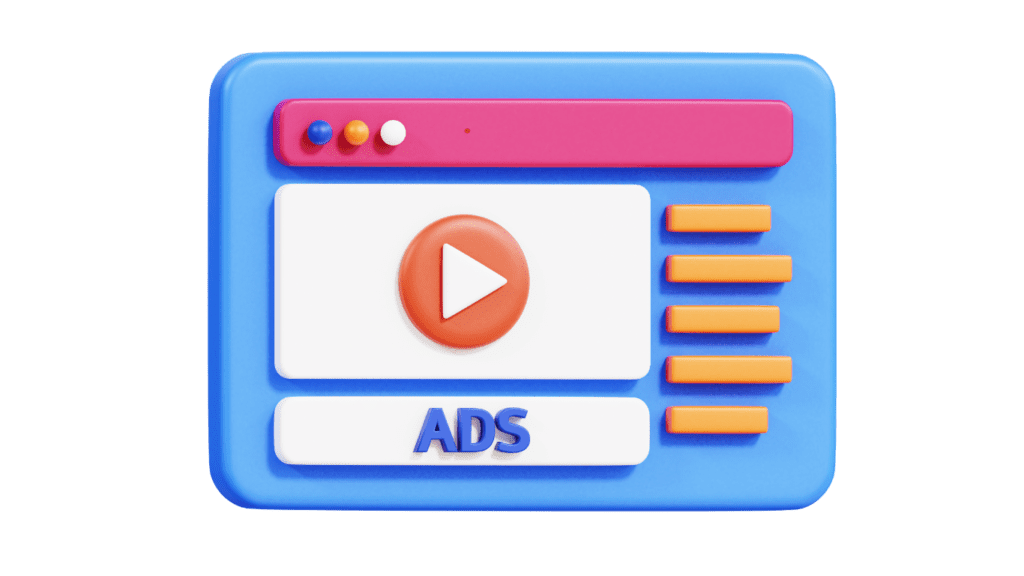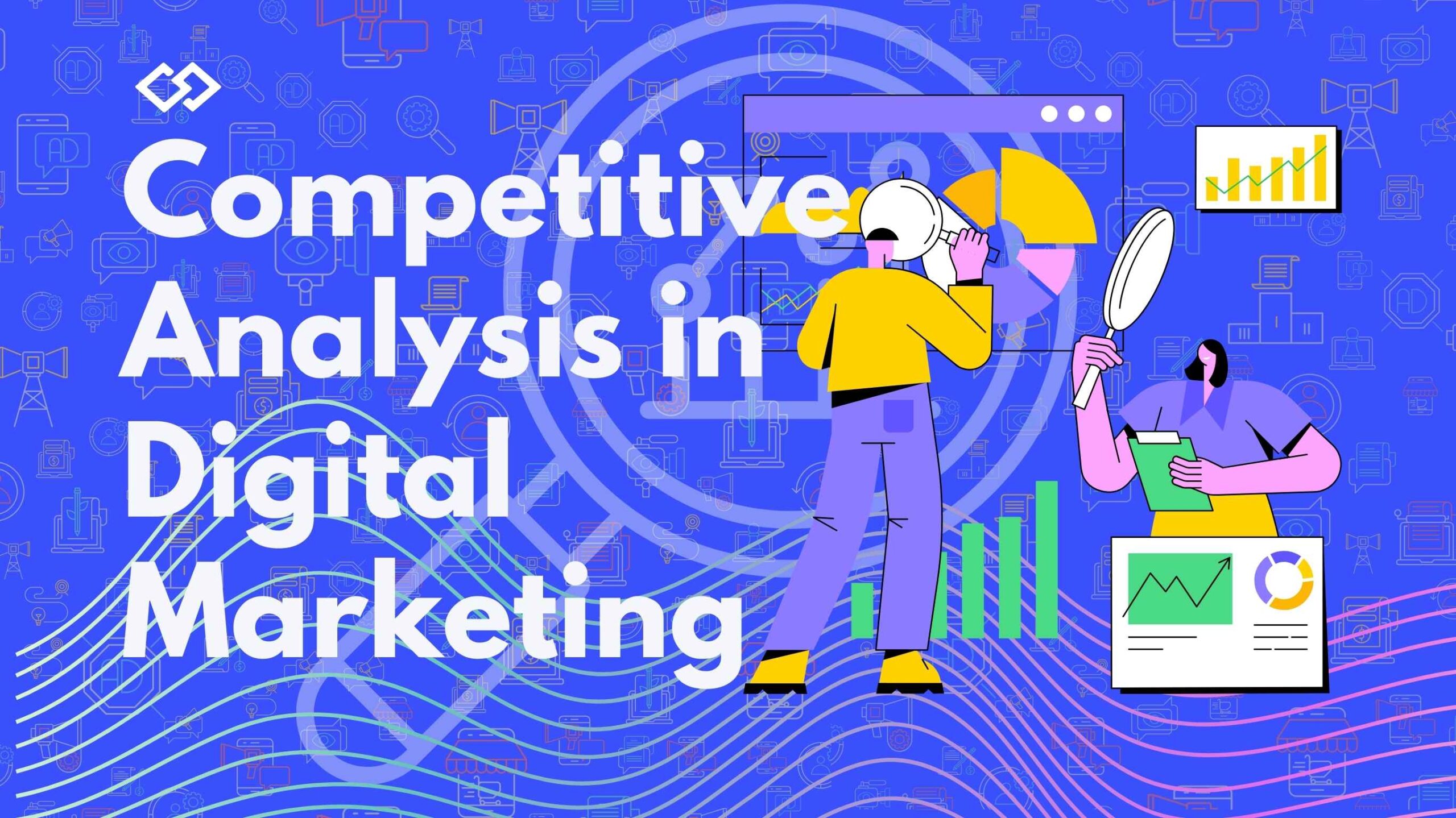
Facebook has a massive audience on its platform; it’s a place where you’ll find both higher and lower-class earning people in one place. The Facebook algorithm knows its audience more than anyone else; the Algorithm even knows when it needs to show you or not to show. It’s scary how Mark Zuckerberg has this amount of information about each individual, but he provides a free platform. If someone is giving something for free, then the chances are high that you are the product. As for Facebook, each individual has different ads and posts modified to their taste and culture. If you are a business owner, then Facebook wants you to come to their platform and pay them so that they can show you products and services to the right types of audience you’re searching for. Why not leverage the tool that provides this vast advantage to grow your business? Yes! If you are reading this, you are here to take advantage of Facebook’s marketing.
As a Facebook marketing expert, I created many Facebook ads for many different types of products and audiences. I found a few things familiar when I tried to sell different kinds of products to various audiences. I am pretty sure if you also implement the ideas and strategies I’ll give you, then the possibility is high that you can build a loyal customer base for your brand; it doesn’t matter whether you are selling a service or some product on Facebook marketplace. So here top 10 strategy about facebook marketing:
1. Define Your Goals:

The first thing you need to do is decide what your goal is for running the ads. Is it an awareness campaign to let people know about your existence? Is it about generating leads for high-ticket items, selling products or services, or driving customers to your website?
First, you need what you want to get out as a result of running the Facebook ads; create a point A from where you’re going to start and a point B, where your end goals; once you have the start and end in your mind you can design the journey between this 2 points,
Each goal will guide the direction of your strategy and the type of content you create.
So, take a few minutes to determine what you want to accomplish. Setting clear, measurable goals gives you a roadmap and helps you see what’s working.
2. Identify the correct audience:
Once you know your goal, the next step is to know who your ideal customer is for your product or service. You can just go randomly on the street and try to sell some kind of birthday cake to all the people you encounter on the street, but NO, you have to sell the cakes to the people’s friends or family who will buy the cake for their dears once that particular day.
Knowing your correct customer is crucial; if your ads randomly pop up to the people who don’t need your product or service, then even if you get to reach and clicks, they aren’t going to buy the product you are selling; try to create a detailed persona of your customer:
- What’s their age
- What’s their gender
- What’s their annual income
- What are they interested in?
- What’s their favorite series or movies
Creating an imaginary persona for your product and service will help you get to the right customer for whom you purchase your product. If you can create 2,3 personas providing the same service and product, then you can modify and run ads targeting each persona one by one; they will feel like the ad is just made for them or that the ad is directly taken to them, boosting engagement. Here, I wrote a detailed blog about How to identify the right customer”. You will gain deep knowledge and references based on that topic.
3. create a strong sales funnel:
In short, a sales funnel is a journey you design for your customer from a stranger to a loyal brand customer; we can divide the sales funnel section into 3 groups.
The first section of the sales funnel is TOFU (Top of the Funnel). In this section, your target is not making sales; your target would be to create awareness-type content related to your niche. In this section, we try to capture as much attention as we can get from people who are curious about that particular niche and create brand awareness through that.
The second part of the sales funnel is MOFU (middle of the Funnel): In this section, we try to retarget the people who once or engage with 90% of the content we run in the awareness campaign. This section is smaller than the TOFU section.
Last but not least is BOFU(bottom of the Funnel): this is the section we go ahead with; this section is narrower than the MOFU section; we target the audience engaged within the MOFU funnel campaign. So the number of the audience becomes less than before, But the customers we get after going through to the middle of the Funnel are usually the hot customers who are interested in your product and service and considering buying it; they need one more little push, we create ads including CTA (call to action), direct targeting the hot customer,
If you read this detailed blog about sales funnels, you will get ideas and an example of how to set up your own sales funnel.
4. Make different ads for the same product:

Creating different ads for the same product targeted at various audiences is a powerful technique in Facebook marketing. It allows you to tailor your messaging and visuals specifically to appeal to distinct segments of your audience. This personalized approach increases engagement and improves your ad’s effectiveness and return on investment. Let’s dive into why this strategy is essential and how to apply it with examples.
Improved Relevance and Engagement: When ads speak directly to an audience’s needs or interests, they’re more likely to catch attention, generate clicks, and encourage conversions. Customizing ads makes people feel understood and valued, which increases their chances of taking action.
Higher Ad Quality Scores: Facebook’s ad algorithm favors relevant ads that resonate with users, rewarding them with lower costs per click (CPC) and broader reach. By matching the ad message to the audience, you boost your ad’s relevance score, lowering costs and reaching more people.
Better Conversion Rates: Tailoring ads to address the specific pain points or interests of different groups increases the likelihood of conversions. Audiences are likelier to act when they feel an ad aligns with their needs.
Testing and Optimization: Creating multiple ads lets you test which messaging and visuals work best for each audience, helping you optimize future ads and improve overall performance.This approach to Facebook ads doesn’t just promote your product; it builds a connection with your audience, making them feel seen and understood. So, next time you launch a campaign, think about how you can adjust the message for each audience. It’s the difference between speaking to everyone and speaking directly to someone—and that makes all the difference.
5. Engage Your Audience

Engagement continues after your post-its, just the beginning. They feel valued by responding to comments, answering questions, and taking a personal interest in your followers. This helps you build a community of loyal followers. Be sure to:
Respond Quickly: People want fast service, and that’s particularly critical when they ask about your product or service.
Use your conversational tone when speaking with your audience; make the communication easy and friendly. It builds a relationship with them. Prompt for UGCs: Engage your followers; ask them to share experiences about your products. UGC is social solid proof.
Engagement nurtures community, and it creates brand ambassadors talking about your brand.
6. Set up Facebook pixel:
The meta pixel or Facebook pixel is a code that you install into your website. Facebook Pixel tracks how many visitors come from your ads; it also tracks the people who click on the website link and get out, who read the offer or blog you wrote, and who add some products to your website. Facebook keeps a list of that audience.
It helps you target those who read the blog or product description or added the product to the check-out list but didn’t pay. You can run follow-up ads targeting that portion of the audience or just send a follow-up email saying, “Hi, you added this “X” product from our website but didn’t pay. This is just a gentle reminder if you want to check out that product, then click here.” Something like that would work.
Warm audiences (website visitors, people who added items to their carts, or customers) are likelier to convert, so reaching these people should form part of your Facebook ad strategy.
Lookalike audiences are a great way to get prospects likely to become customers.
Meta pixel also helps to track your ads’ performance. The data from Meta Pixel feeds directly into Facebook’s ad manager, where you can analyze it, build custom audiences, and run retargeting campaigns to re-engage people who’ve shown interest in your products or services. Let’s explore why this tool is powerful and essential for a successful Facebook marketing strategy.
If you still need to implement Meta Pixel, now’s the time. It’s a powerful, data-driven tool that makes your marketing more innovative, more efficient, and far more effective.
7.Collaborate with influencers:

Collaborating with influencers who have thousands or millions of followers is a powerful strategy to elevate your brand on Facebook. Influencers have built trust, loyalty, and an engaged audience that values their recommendations. By partnering with the right influencers, you can leverage this trust to expand your reach, boost credibility, and attract new customers. How and why influencer collaborations can be a game-changer for your Facebook marketing.
But always remember to collaborate with the right kind of influencer—those who are in the niche of the product or service you are providing. Here’s an example: Imagine a skincare brand wanting to target millennial women. They partner with a beauty influencer who has a strong following of women aged 18-35. The influencer shares a sponsored post reviewing the skin care products, showcasing her nighttime skincare routine, and sharing her personal experience.
You can pay the influencer upfront or a specific percentage of the portion they get their audience to buy the product.
8. make video ads:
After running ads for companies for 2 years, I can say that video ads work like a car. Make video ads if you want to get post engagement and clicks from your ad. Reels and video posts lead the pack when it comes to engagement rates. And 91% of businesses use video as a marketing tool.

Why Video Ads Are Essential for Facebook Marketing
- High Engagement Potential Facebook’s Algorithm prioritizes video content, which often leads to better engagement rates than static posts. Video ads can be liked, commented on, and shared, helping brands reach a broader audience organically. Videos can capture attention within seconds and quickly communicate the value of your product or service.
- Effective Storytelling Medium Video ads let you tell a story. You can create a narrative that resonates emotionally with viewers through visuals, sound, and motion. Whether you’re showcasing customer testimonials, product benefits, or behind-the-scenes footage, videos make it easy to connect with audiences personally.
- High Conversion Rates Studies show that people are more likely to remember video content than text. This means potential customers are more likely to recognize and act on your message. Video ads often lead to higher click-through rates and conversions because they can quickly explain the product’s benefits, demonstrate its use, and include a clear call to action (CTA).
Videos can help users better visualize products and how to use them properly. They are entertaining, highly inspirational, and explanatory. Videos go a long way in helping your potential customers move down your Funnel so they buy. They let you show off your products creatively and tell your story.
You can create several ad types from videos: Reels, Stories, In-feed square or horizontal format video, Carousel, and Slideshow.
9. use mobile ads:
The majority of Facebook users use this platform via mobile. Our statistics show that 62% of millennials and 80% of Gen Z primarily use their phones to search for what they want.
So make sure to create video and reel ads optimized for mobile users; make sure to optimize your website for mobile users because the majority of them will enter your website from mobile phones,
You want to create an outstanding experience for these would-be customers in a way that makes sense. Facebook ads should be optimized for mobile phones; this is where they will most likely see them.
10. analyze and optimize:
Here comes the last but most important task:
- Analyze the ad performance, dont create an ad and leave it to run.
- Consistently analyze the ad performance.
- Check how many people engage with the campaign and how many click on it.
- Collect all the data you can gather from the ads manager; if you think an ad is not performing well, then optimize it.
- Check the title or the picture design to get more attraction.
- Play with it until you see the result.
Track the Success Metric
When analyzing the performance of your ads on Facebook, start by monitoring KPIs that correlate with your goals for that campaign. Here are a couple of the most important metrics that must be tracked:
Click-Through Rate (CTR): The percentage of people that clicked on your ad after seeing it. A high CTR is symptomatic of resonant ad content, whereas a low one might indicate this ad is not compelling enough.
Conversions: The number of consumers who took the desired action described in your ad, such as buying or signing up. It is an important metric that can show you how well your ad is inspiring actions related to your business objectives.
CPC and Cost Per Conversion: These metrics depict the return paid on every click and from every conversion. Reducing CPC and cost per conversion will enable the publisher to maximize his budget for increased ROI.
ROAS: Revenue that comes in for every dollar spent on ads. A high ROAS means your spending is yielding profitable returns, and a low ROAS might call for a revisit on targeting, creative, or bid strategy.
Frequency is the number of times your ad is shown to a particular individual. The higher the frequency, the greater the likelihood that people will develop ad fatigue and ignore the ad. When frequency becomes too large, you might want to refresh your ad content or update your audience.
Metrics of Engagement-likes, Shares, Comments: Engagement is how well the ad resonates with the audience. High levels of engagement might indicate that people find the content so valuable and worthy that they share it. Conversely, low engagement might suggest the ad is simply not capturing interest.
Optimization equates to making minor incremental improvements over time. We do this to improve performance and stop spending money on poor-performing ads.
Conclusion
In this blog post, I explained the best strategies that worked for me, and if you follow and try again and again, you’ll also see the results. Given that it takes so much time, experimentation, and tweaking to get a highly converting Facebook marketing strategy, let me guarantee that it is well worth your time. Set clear goals, understand your audience, and then make a content mix they will love. With consistent creation of engaging experiences, running targeted ads, and regular analysis of results, the reward of brand growth on this social networking site will come.
Just go for it… On the way, you’ll learn more and more, which you can gather just by reading some articles and watching videos,
You have to do it if you want to feel it ... - spearsync




